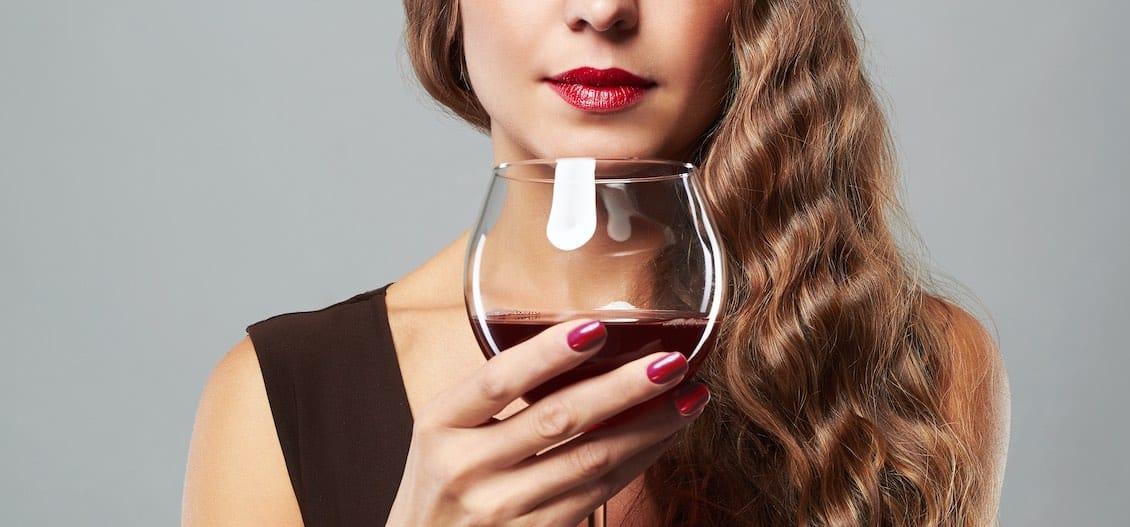Sugar: Skin Saboteur in Your Cocktail
You likely already know what the sugar in sweet mixed drinks can do to your weight. What you may not realise is that alcohol itself is made by fermenting a natural source of sugar with yeast (or another catalyst). The fermentation process produces carbon dioxide and ethyl alcohol, the basis for all alcoholic beverages. In other words, you’re getting a double dose of sugar.
Fighting for Your Fibroblasts
The sugar in alcohol has been proven to cause inflammation, which damages the skin’s fibroblasts. Fibroblasts are the cells responsible for producing collagen and elastin in the skin. Without them, the skin loses tone and elasticity, making it look old. Skin rejuvenation treatments such as the V2 Skin Booster can help to improve skin’s overall appearance.
Fighting Alcohol for Hydration
If you’ve ever woken up with dry mouth after an evening of drinking, you know that alcohol is dehydrating. Drinking interferes with the oils skin produces naturally, while at the same time promoting dryness via water loss—both internally and by evaporation from its surface. Aspect Dr Ultra Light Hydration is full of antioxidants that can help rehydrate skin.
Why a Cosmopolitan Can Give You Possum Eyes
Alcohol dilates the small veins in the eyes, causing them to leak. That leads to dark circles under your eyes. Alcohol and drugs also cause the blood vessels in your eyes to expand, making them more prominent. Lastly, alcohol disrupts the natural sleep cycle, adding to the appearance of under-eye bags.
What You Drink Matters
Studies presented by the American Academy of Dermatology point to a connection between drinking alcohol and developing rosacea. Scientists believe alcohol’s disruption of the immune system and widening of the blood vessels may be responsible for the redness and flushing that occur with rosacea. Among hard liquors, vodka is considered the leading rosacea trigger. Red wine is also a trigger.
Enzyme Reaction
ELDH2 is an enzyme in the body that breaks down the toxic compounds in alcohol. When this process fails to work properly, the toxins remain in your body. This can lead to flushing and warm cheeks that don’t go away. The condition is linked to genetics and is most likely to affect people with Asian backgrounds.
Strategy for Skin-Happy Drinking
Alcohol harms your skin’s protective surface, depletes vital substances needed for healthy skin, and makes oily skin worse. Does that mean if you’re anti-ageing, you can’t be pro-alcohol? Good heavens, no!
The team at Austin Clinic isn’t asking you to give up your favourite wine or cocktail. What we are suggesting is that you drink with moderation and follow these simple strategies for minimising strain on your skin:
- Alternate alcoholic beverages with a non-alcoholic beverage to minimise dehydration (water, sugar-free drinks, mineral water)
- Eat before you drink to help metabolise the alcohol through your GI system, not just your liver
- Drink water after you drink to prevent dehydration
- Limit alcohol consumption to every other day to give your body time to flush out alcohol toxins. It takes an average of 33 hours for a single drink to leave your system if you’re 40, says Vogue Magazine, but just 3 hours when you’re 20.
If you would like professional guidance about how to keep your skin looking its very best, please contact us and set up a friendly and informative consultation.




